Verbonden door erfgoed: Internationaal onderzoek naar Molukkers in Nederlandse museumcollecties
GESCHREVEN DOOR REDACTIE OP 28 MAART . GEPOST IN NIEUWS
Scroll down for English translation
Sinds afgelopen februari is het onderzoeksteam vanuit Museum Siwalima op Ambon druk bezig met hun werkzaamheden in Nederland. Joened Agung (delegatieleider), Diana Trisnawati Yudhistira (uitvoerend onderzoeker) en Gharisa Nur Alam (uitvoerend onderzoeker en videograaf) ontvingen een beurs van het ministerie van Educatie & Cultuur in Indonesië om zich te verdiepen in de museumcollecties over Molukkers in Nederland. Ze vertellen ons meer over de doelen van het onderzoek en verwachtingen voor de toekomst.
Samenwerking tussen Nederland en de Molukken
“Het begon allemaal met een van mijn goede vrienden, Mevie Mailoa,” vertelt Agung. “Mevie, Hoofd Administratie, Collectie & Educatie bij Museum Siwalima op Ambon, kreeg vorig jaar bezoek van Henry Timisela, de directeur van Museum Maluku. Dat zette ons aan het denken: waarom niet ook naar Nederland gaan? Mevie en ik hebben een onderzoeksvoorstel geschreven, en die is geaccepteerd door het ministerie van Educatie & Cultuur in Indonesië. Ik heb Diana en Gharisa gevraagd om onderdeel van het team te worden, en samen hebben wij het onderzoek vormgegeven.” Agung, Diana en Gharisa werden bij aankomst in Nederland vergezeld werd door Mevie Mailoa en Decky Tanasale, dorpshoofd van Leinitu en secretaris van Kantor Latupati, het overlegorgaan van adat-oudsten in Maluku. Museum Maluku heeft hen in de beginfase van het onderzoek mogen ontvangen en verdere samenwerking besproken. Vanwege verplichtingen in Maluku, zijn Mevie en Decky eerder teruggekeerd.
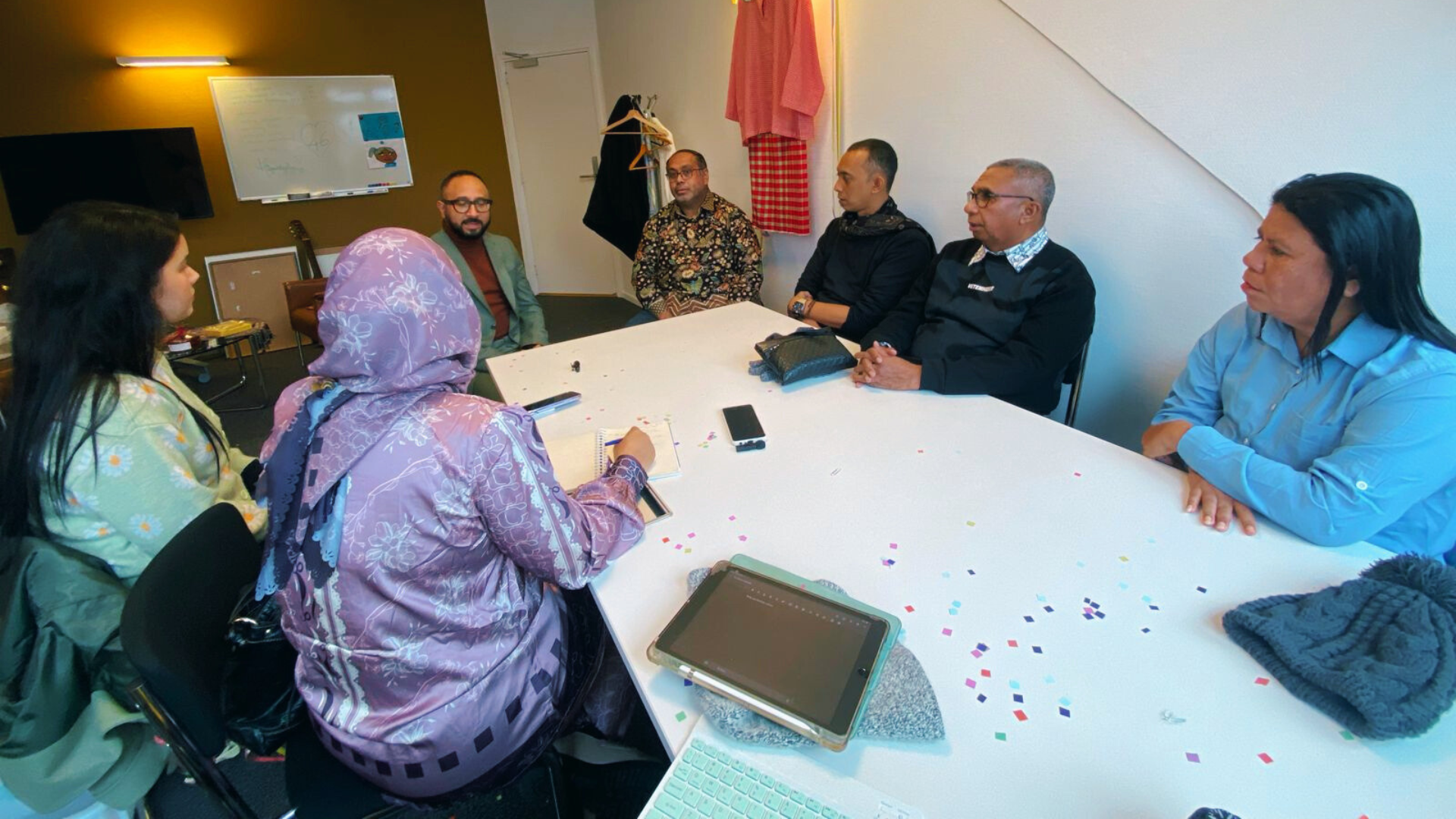
Speuren door Nederlandse museumcollecties
“Ons doel is helder: via de collecties van Nederlandse musea willen we meer inzicht krijgen in de geschiedenis en cultuur van Molukkers,” legt Diana uit. “We zijn hiervoor in nauw contact met Museum Maluku. Hoofd Collecties Huib Akihary ondersteunt ons in het onderzoek door ons bijvoorbeeld te laten zien hoe we effectief gebruikmaken van online archieven. Ook Tamara Soukotta van het International Institute of Social Studies heeft ons waardevolle ondersteuning geboden. Daarnaast hebben we verschillende musea in het land bezocht: het Rijksmuseum in Amsterdam, het Drents Museum in Assen en de verschillende Wereldmusea. Binnenkort gaan we nog naar het Maritiem Museum in Rotterdam. Ons doel is om een database vol archiefmateriaal en artefacten samen te stellen die de verhalen van Molukkers wereldwijd vertellen.”
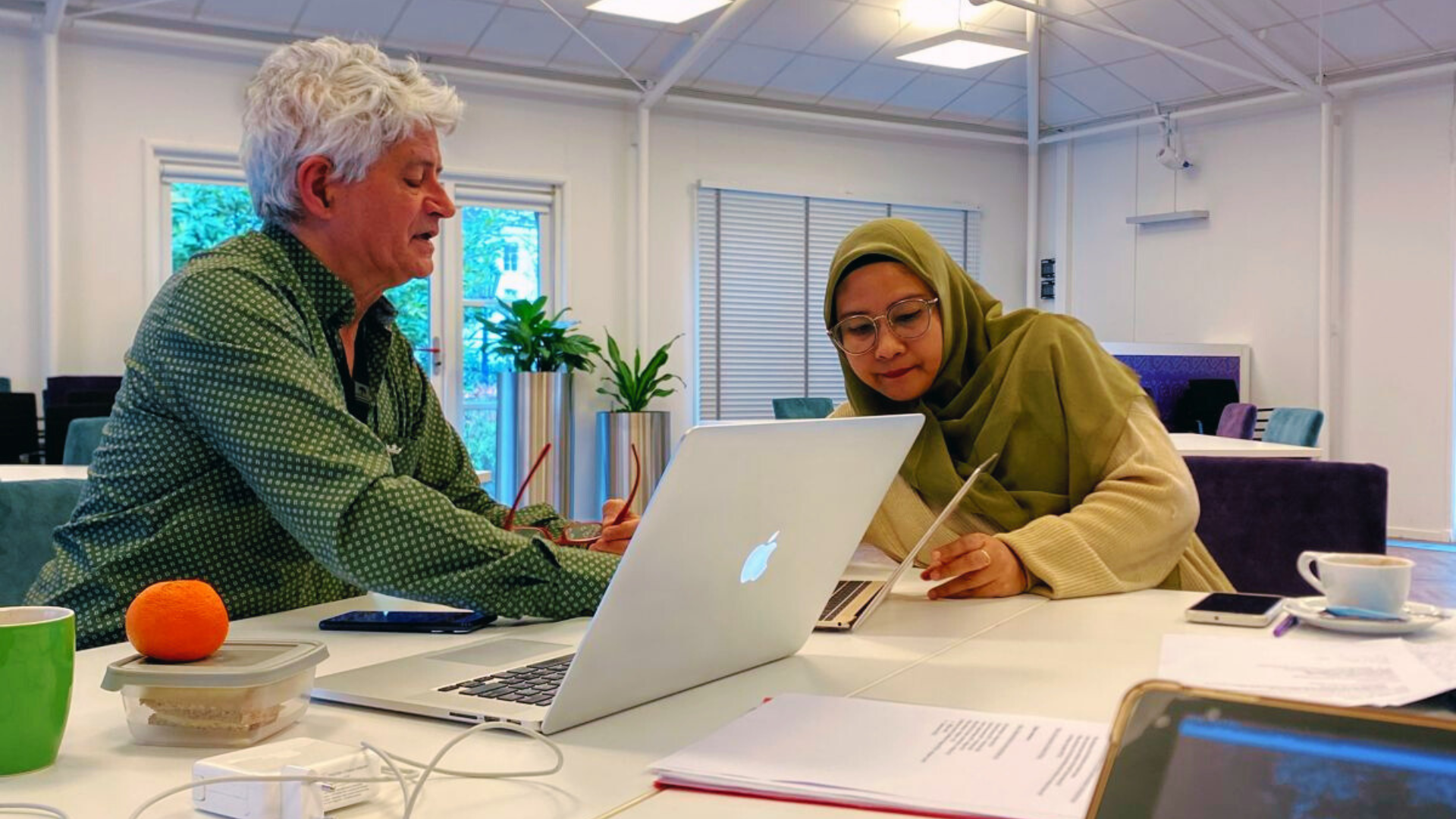
Documentaire over Kapitan Pattimura
“In eerste instantie zouden we alleen onderzoek doen naar deze collecties, maar ineens kwam het idee op om een film te maken. Dus dat zijn we ook gaan doen,” vertelt Agung. “We besloten een documentaire te maken over Kapitan Pattimura,” vervolgt Gharisa. “In deze film duiken we in de mysteries rondom zijn geboorteplaats: was het Haria op Saparua, of toch Hulaliu op Haruku? We duiken niet alleen in het verleden en de strijd van Pattimura, maar werpen ook een blik op de toekomst. We laten verschillende stemmen aan het woord, zowel Moluks als Nederlands.” “We hopen dat mensen door de documentaire beter gaan begrijpen wie Pattimura was en waarom hij de nationale held van de Molukken is,” sluit Agung af.
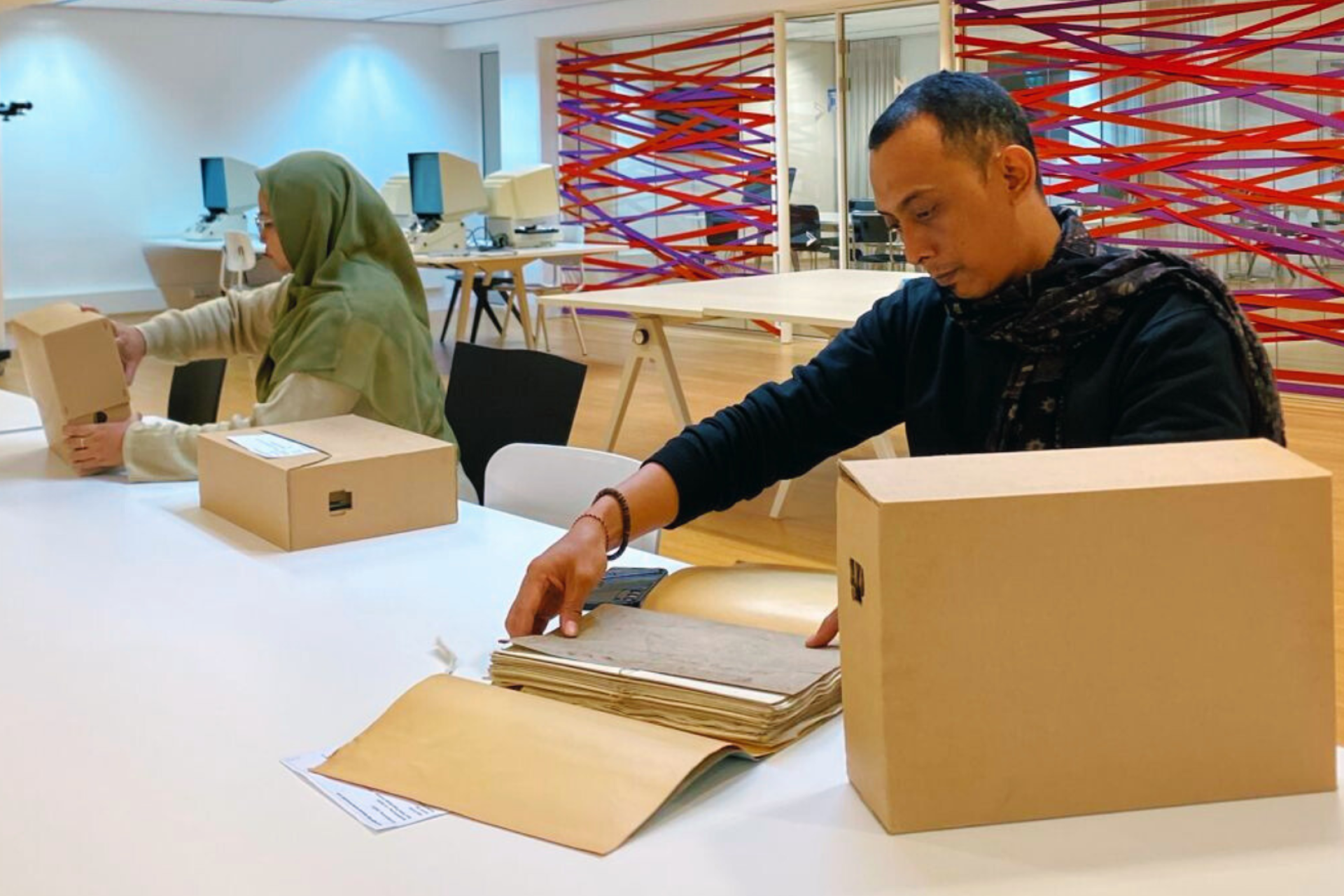
Verwachtingen voor de toekomst
Agung vertelt: “Met het creëren van de database hopen we dat Molukkers over de hele wereld straks de mogelijkheid hebben om onderzoek te doen naar hun eigen familiegeschiedenis.” “We doen dit onderzoek niet alleen voor Museum Siwalima, maar voor de gehele, wereldwijde Molukse gemeenschap,” zegt Diana. “Ik hoop dat we de samenwerkingen met de Nederlandse musea voort kunnen zetten, omdat we geloven dat we elkaar goed kunnen aanvullen. Het zou fantastisch zijn als er bijzondere artefacten uit Nederland tentoongesteld kunnen worden in Museum Siwalima, en vice versa.”
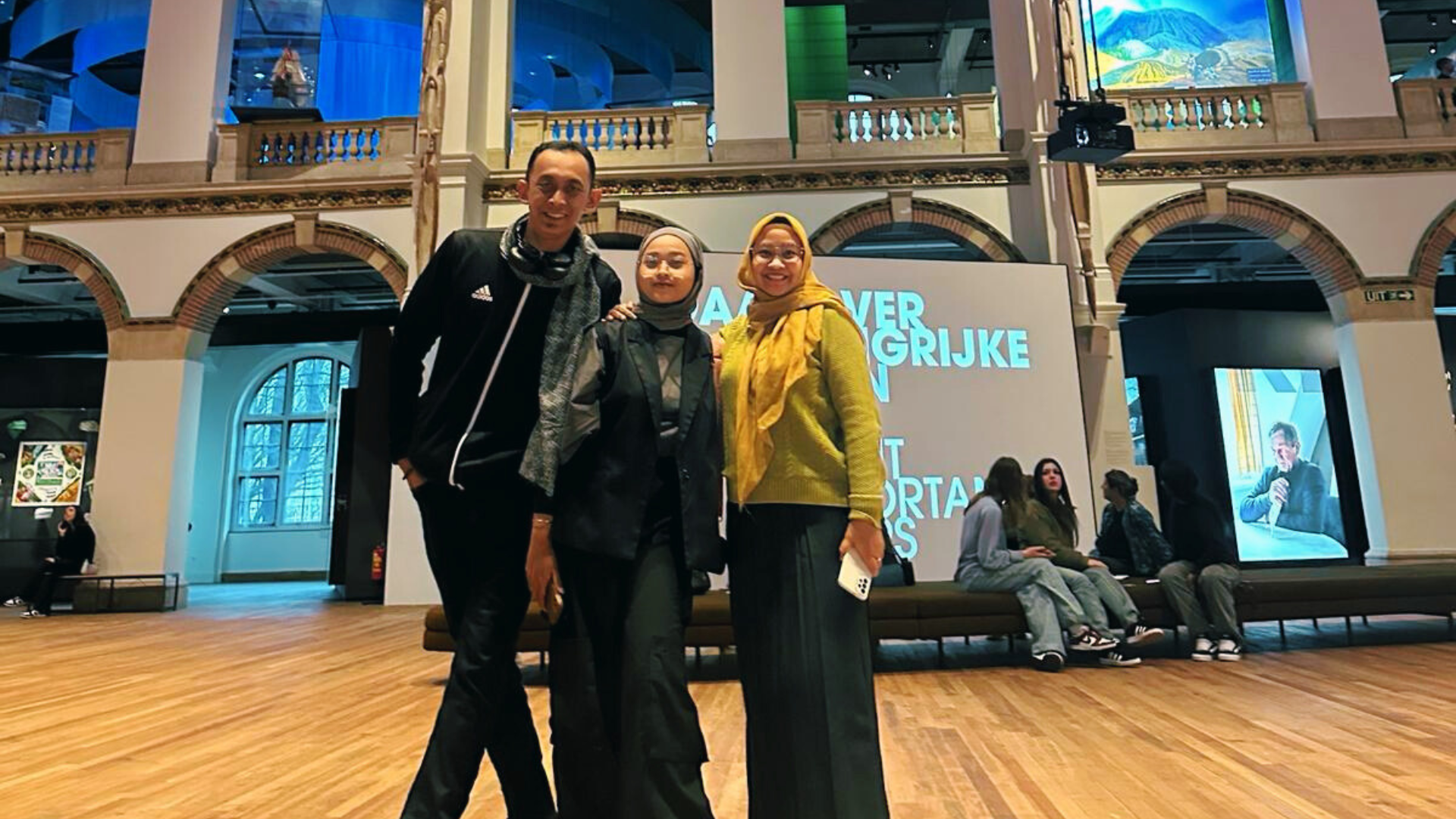
Foto: Anis de Fretes
Connected through heritage: International research on Moluccans in Dutch museum collections
Since last February, the research team from Museum Siwalima in Ambon has been working hard on their research in the Netherlands. Joened Agung (delegation leader), Diana Trisnawati Yudhistira (executive researcher) and Gharisa Nur Alam (executive researcher and videographer) received a grant from the Ministry of Education & Culture in Indonesia to delve into museum collections about Moluccans in the Netherlands. They tell us more about the goals of their research and their expectations for the future.
Collaboration between the Netherlands and the Moluccas
“It all started with one of my good friends, Mevie Mailoa,” Agung explains. “Mevie, Head of Administration at Museum Siwalima in Ambon, received a visit last year from Henry Timisela, the director of Museum Maluku. That got us thinking: why not also go to the Netherlands? Mevie and I wrote a research proposal, which was accepted by the Ministry of Education & Culture in Indonesia. I asked Diana and Gharisa to join the team, and together we created the concept for the research.”
Upon their arrival in the Netherlands, Agung, Diana, and Gharisa were accompanied by Mevie Mailoa and Decky Tanasale, the village chief of Leinitu and secretary of Kantor Latupati, the consultative body of adat-elders in the Moluccas. Museum Maluku had the privilege of welcoming them in the initial phase of the research, in which further collaborations were discussed. Due to obligations in the Moluccas, Mevie and Decky returned earlier.
Exploring Dutch museum collections
“Our goal is clear: through the collections of Dutch museums, we want to gain more insight into the history and culture of Moluccans,” Diana explains. “For this purpose, we are in close contact with Museum Maluku. Head of Collections Huib Akihary supports our research by, for example, showing us how to effectively utilize online archives. Tamara Soukotta from the International Institute of Social Studies has also provided us with valuable support. Additionally, we have visited various museums across the country: the Rijksmuseum in Amsterdam, the Drents Museum in Assen and the various Wereldmuseums. We still need to visit the Maritiem Museum in Rotterdam. Our aim is to create a database full of archival material and artefacts that tell the stories of Moluccans worldwide.”
Documentary on Kapitan Pattimura
“Initially, we were only going to research these collections, but suddenly the idea of making a film came up,” Agung explains. “We decided to make a documentary about Kapitan Pattimura,” Gharisa continues. “In this film, we delve into the mysteries surrounding his birthplace: was it Haria on Saparua, or was it Hulaliu on Haruku? We not only explore Pattimura’s past and his struggle and resistance, but also take a look at the future. We shed a light on various perspectives, both Moluccan and Dutch.” “We hope that through the documentary, people will obtain a better understanding of who Pattimura was and why he is the national hero of the Moluccas,” Agung concludes.
Expectations for the future
Agung says: “With the creation of the database, we hope that Moluccans worldwide will have the opportunity to research their own family history.” “We are conducting this research not only for Museum Siwalima, but for the global Moluccan community,” says Diana. “I hope we can continue our collaborations with Dutch museums because we believe we have the ability to complement and benefit from each other. In the future, it would be amazing if certain artefacts from the Netherlands could be exhibited at Museum Siwalima, and vice versa.”
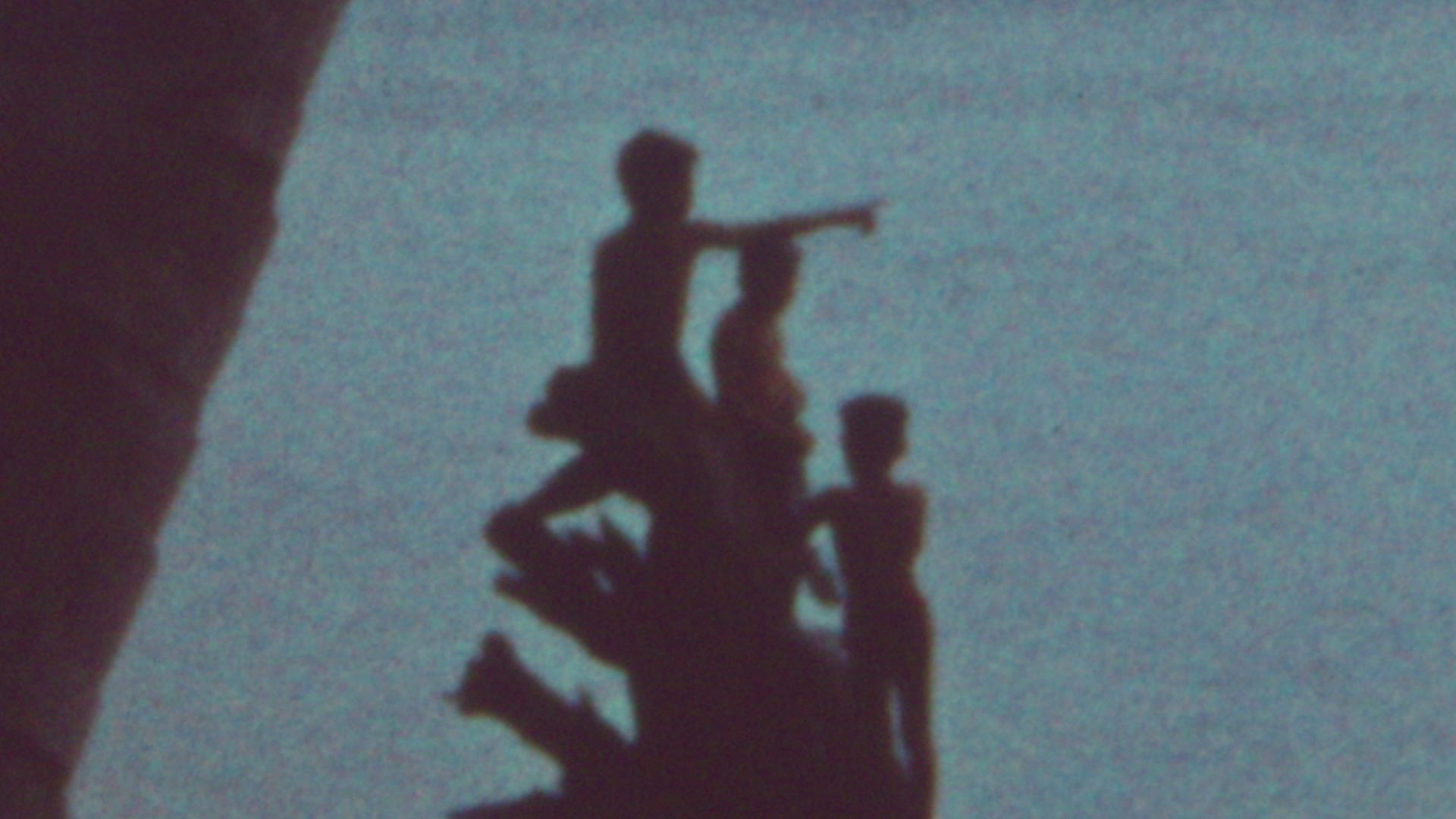
FILMVERTONING EN TALKSHOW NUSA INA
Op zondag 7 april verwelkomen Museum Maluku en Museum Sophiahof je graag bij de screening van de documentaire Nusa Ina van regisseur Anne Jan Sijbrandij.
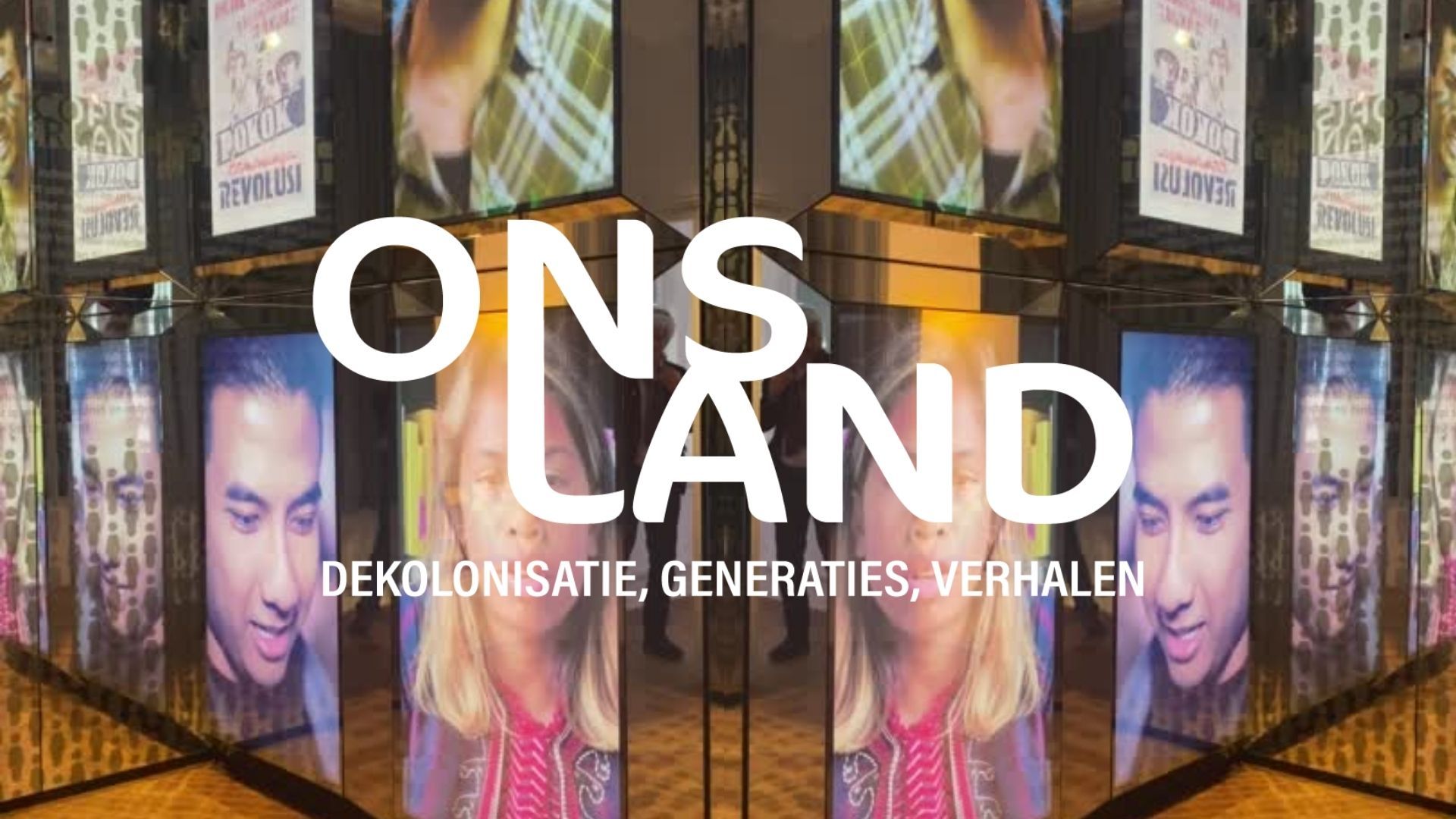
NU TE ZIEN: ONS LAND
Een tentoonstelling over de Nederlandse koloniale geschiedenis en hoe die nog altijd doorwerkt in de huidige samenleving.
